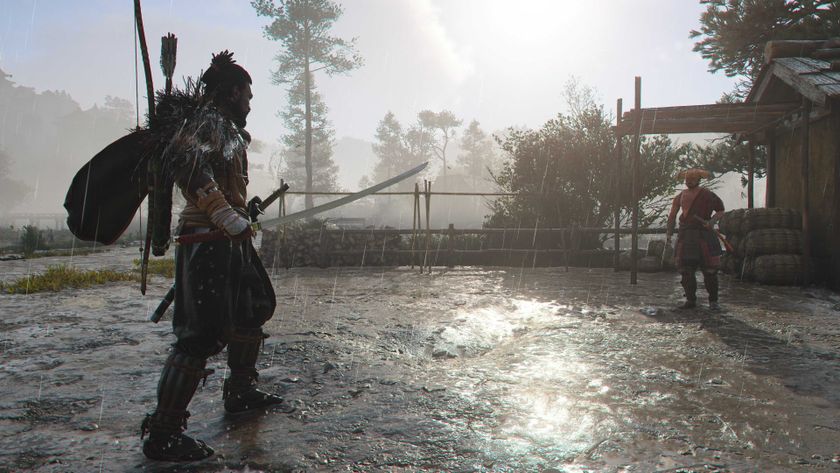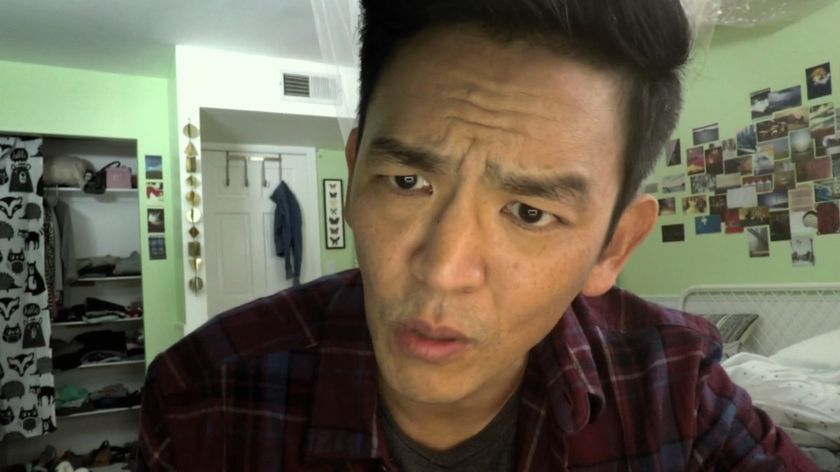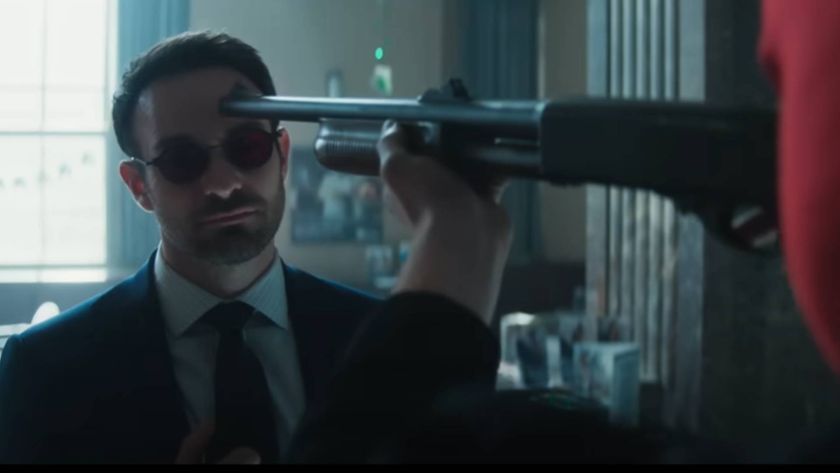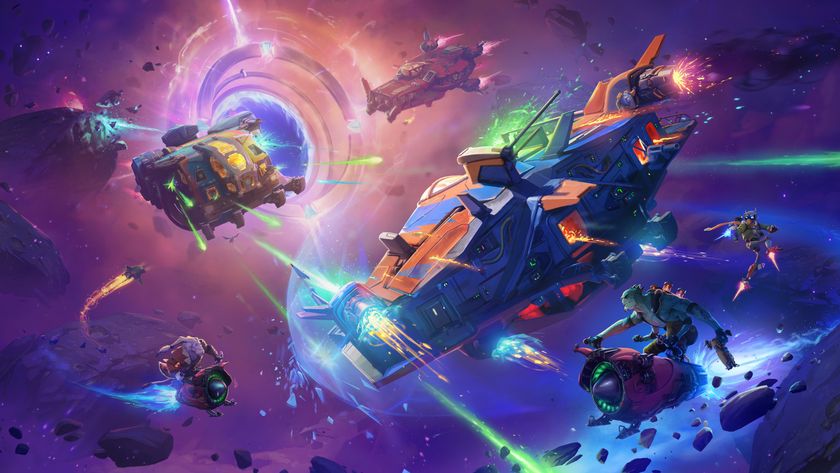Just because Starfield has 1000 planets doesn't mean it'll have 1000 planets worth of content
Bethesda wants you to feel like a small part of a much larger universe, which is where the Starfield 1000 planet boast comes into play

Starfield is going to be gigantic, and Todd Howard wants you to know that. At the recent Xbox Bethesda Games Showcase, Howard boasted that the upcoming space RPG will have over 100 systems and 1,000 planets, all of which can be explored by players. But It's important to manage expectations here: that does not mean every one of these planets will be full of NPCs and lore-heavy sidequests. In fact, I think it'll be quite the opposite.
Howard clearly threw out such a gargantuan number as a way to tantalize players. After all, Skyrim offers a seemingly endless endgame, so naturally, we'd expect something even bigger from the team behind it. But a bigger map doesn't mean a bigger, more robust game, and that can either be a huge problem or an intentional design element. Whether or not Starfield feels empty isn't the issue – it's if that emptiness makes you feel like a small explorer in a big universe, or if it just feels like a lot of empty promises.
The final frontier
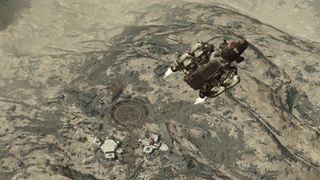
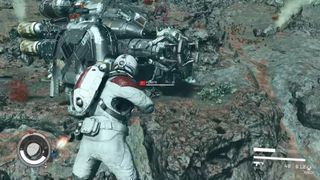
Starfield fans are divided on whether having 1,000 planets is a good thing
As soon as the Starfield gameplay footage began rolling, players began comparing it to No Man's Sky. It makes sense: the demo begins with the player landing on a moon called Kreet, exiting a spaceship with a robot companion, and scanning the moon's flora and fauna. Later, we see them scanning and mining iron with a laser, which is very reminiscent of No Man's Sky's Mining Beam. Crafting will play a crucial role in Starfield, with players building outposts to help generate resources that can be used in spaceship construction and customization.
These kinds of mechanics make a vast world seem reasonable – if mining for resources is a huge component of gameplay, you won't need to have bespoke side quests tucked away in every corner of the map. As PC Gamer points out, mining for resources is a common mechanic utilized in many survival space games – and a common Bethesda mechanic, as well – so it's not unbelievable that Starfield would deploy these kinds of systems.
It's also important to note some key differences between the worlds of No Man's Sky and Starfield – for one thing, No Man's Sky has over 18 quintillion planets, while Starfield will have just over 1,000. No Man's Sky's planets are all procedurally generated (and a lot of them are pretty empty), and while Howard has neither confirmed nor denied if Starfield's planets will be procedurally generated, we know that Bethesda historically uses this approach to help create its big open worlds.
In a 2020 interview with Develop: Brighton Conference, Howard explains how in games like The Elder Scrolls 4: Oblivion, the landscape was partially procedurally generated and then "touched up" by the devs. While Bethesda moved away from completely random generation after The Elder Scrolls 2: Daggerfall, Howard did say that the team is "pushing procedural generation further than we have in a very very long time with the stuff that's coming up."
Empty space
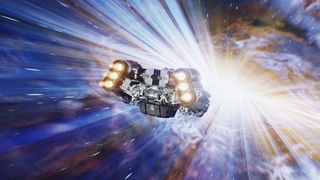
So, while it's likely Starfield will not have wholly procedurally generated planets, it's equally likely that many of its planets will be rather empty. Howard himself said that Starfield's worlds run the gamut "from barren but resource-heavy ice balls to Goldilocks planets with life," all of which you can openly explore. It's this kind of comment that gives me pause – I can't help but think about the planets in Mass Effect 1, which, when explorable, were almost entirely barren save for a few POIs.
Sign up to the 12DOVE Newsletter
Weekly digests, tales from the communities you love, and more
Most of the POIs in Mass Effect 1 were collectibles, with only one or two actually prompting combat, and all of them were a pain in the ass to get to thanks to steep slopes and frequent mountain ranges. The planets themselves were also visually barren (although they look a lot better in Mass Effect Legendary Edition), which made trekking around them feel like even more of a slog.
If we use Kreet (the moon shown during the Starfield gameplay reveal) as a sort of litmus test, it seems like these planets will be rather large, with clear-cut pathways leading you to objectives (if there are any), and a healthy smattering of scannable creatures and plant-life. The UI at 00:03:40 of the gameplay reveal gives us a bit more context: Kreet has eight "resources" that players can discover, zero scannable fauna, and two scannable flora. It's unclear what these resources are, as the number of resources does not increase after the player successfully laser-mines iron. Kreet is one of the 1,000 planets (technically, moon) that isn't barren, however, as there's an abandoned mining facility being used by pirates on it. So, are Kreet's resources, flora, and fauna values representative of what we could expect from a Starfield planet that contains a quest? Or will more barren planets have a similar number of scannable objects and mineable resources?
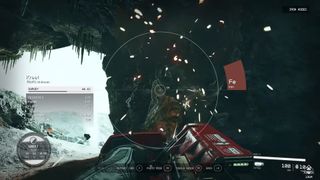
Chawla, a "barren, but resource-heavy iceball" shown later in the gameplay reveal doesn't have any flora or fauna on it, and it's unclear how many resources are actually available on its surface. There is an option to scan each planet from space, not unlike Mass Effect 2, which would tell you if there was anything worth landing for – hopefully Starfield will do the same, as manually searching planets in BioWare's spacefaring RPG was an absolute snoozefest.
Ultimately, the emptiness of space is both a blessing and a curse for game designers, and Starfield's success relies heavily on how Bethesda utilizes the expanse of the universe. It's highly unlikely (and, quite frankly, unethical for the dev team) for each of Starfield's 1,000-plus planets to offer bespoke side quests and storylines – like you'd expect to find littered all throughout the maps of Skyrim and Fallout 4. Howard's boast about the size of the game might have been a mistake if the team can't deliver a rich enough RPG experience.
If Bethesda nails the elements shown in the gameplay preview, we'll have no issue feeling occasionally lonely during our quest throughout Starfield's stars. If combat feels tight and balanced, exploration is intriguing and offers good payoffs, the spaceships handle well, and the story beats hit, then we'll thoroughly enjoy role-playing a character charting new frontiers in space. If not, Starfield may feel a bit too empty.
Check out everything announced at the Xbox and Bethesda Games Showcase.
Alyssa Mercante is an editor and features writer at GamesRadar based out of Brooklyn, NY. Prior to entering the industry, she got her Masters's degree in Modern and Contemporary Literature at Newcastle University with a dissertation focusing on contemporary indie games. She spends most of her time playing competitive shooters and in-depth RPGs and was recently on a PAX Panel about the best bars in video games. In her spare time Alyssa rescues cats, practices her Italian, and plays soccer.
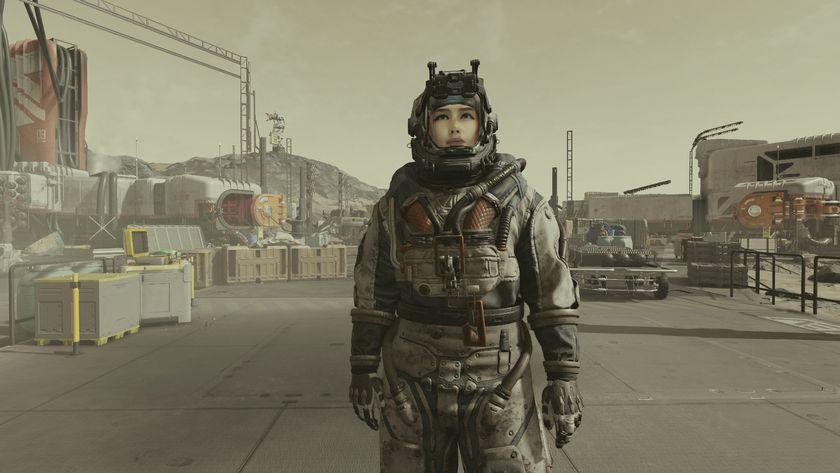
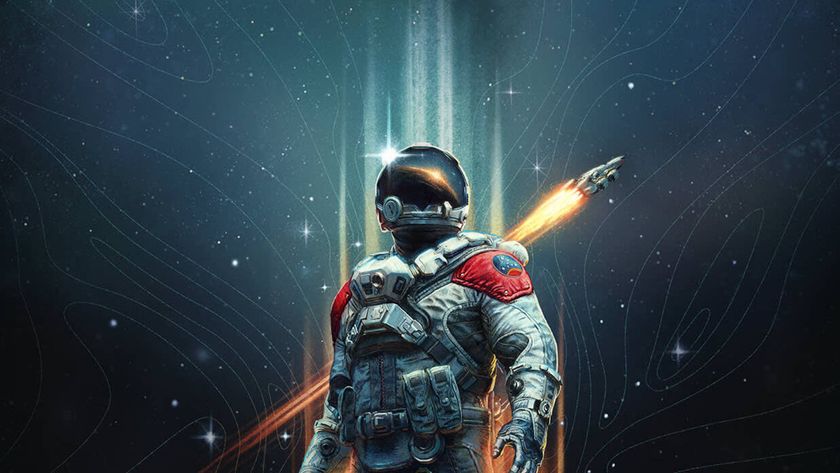
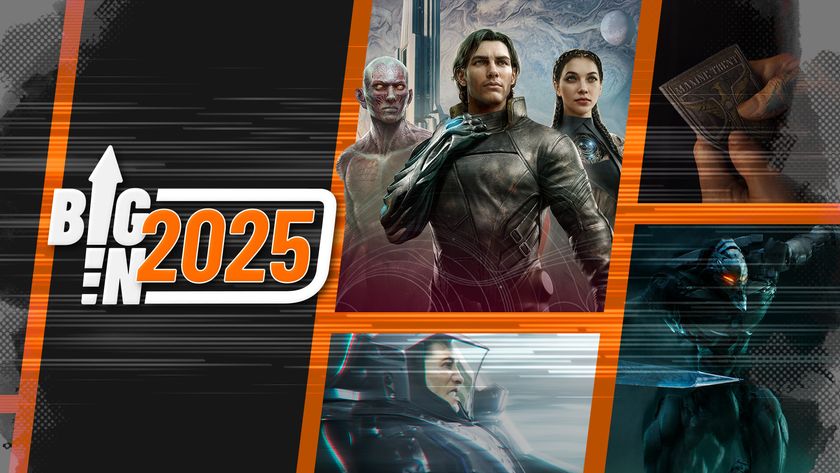
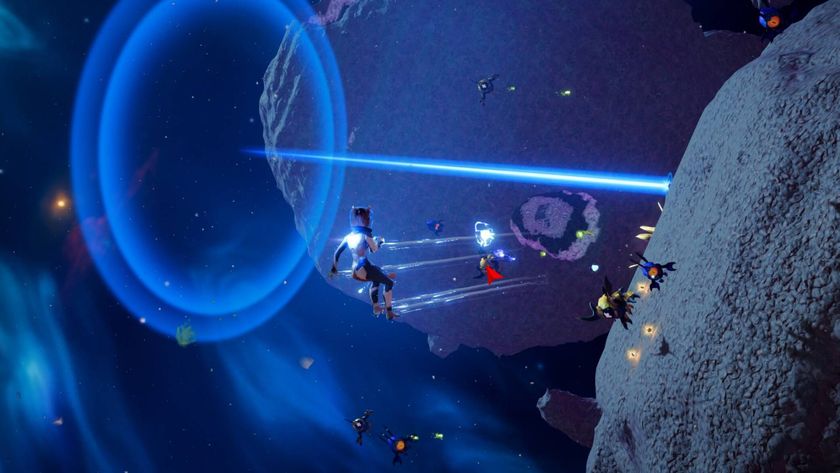
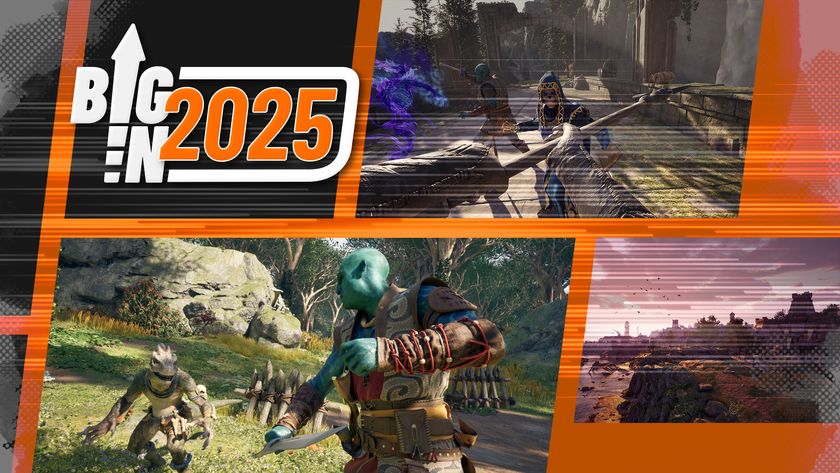
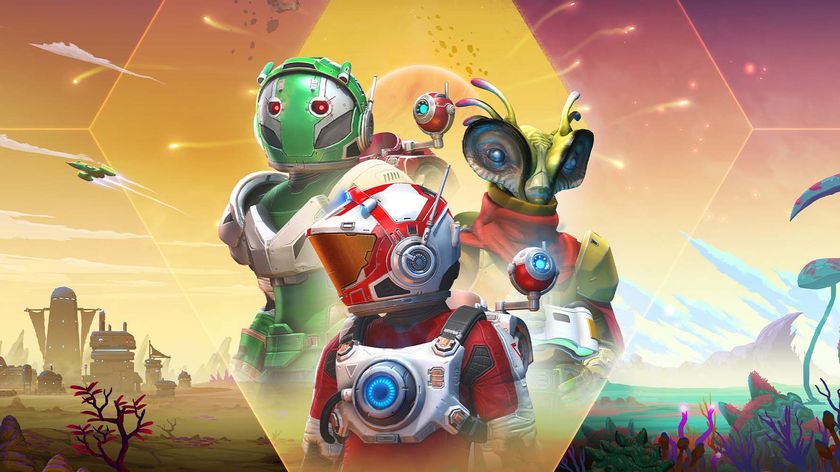
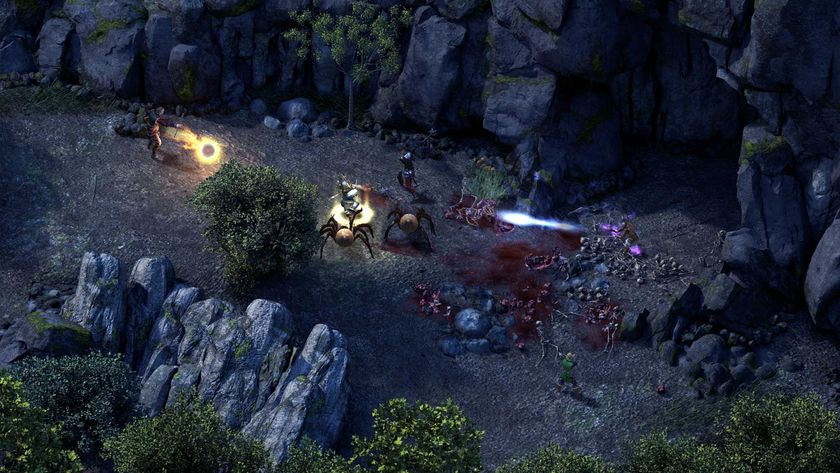
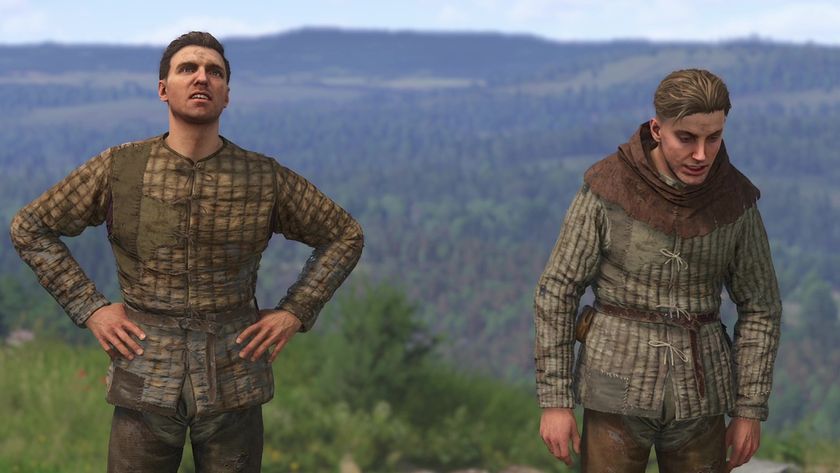
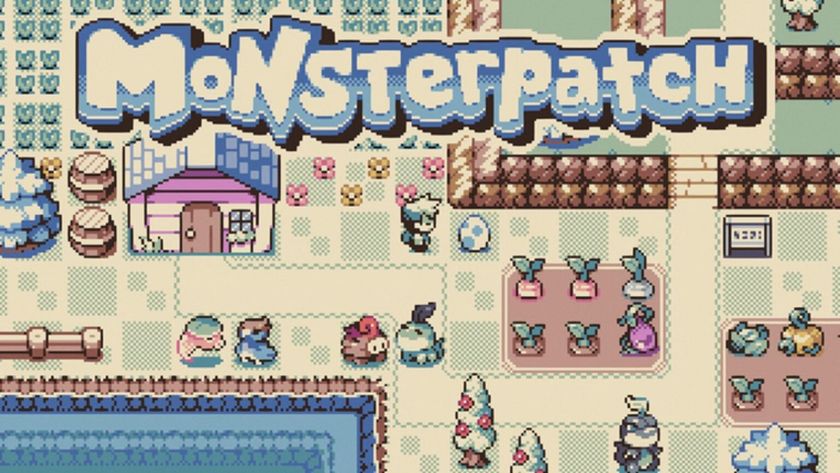
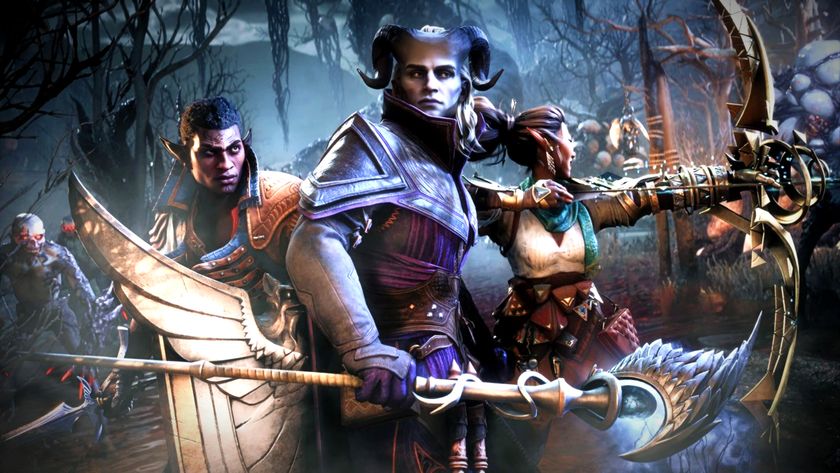
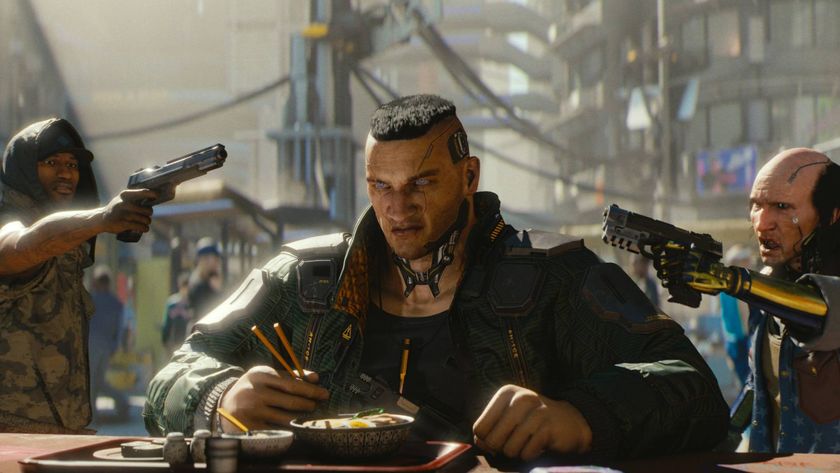
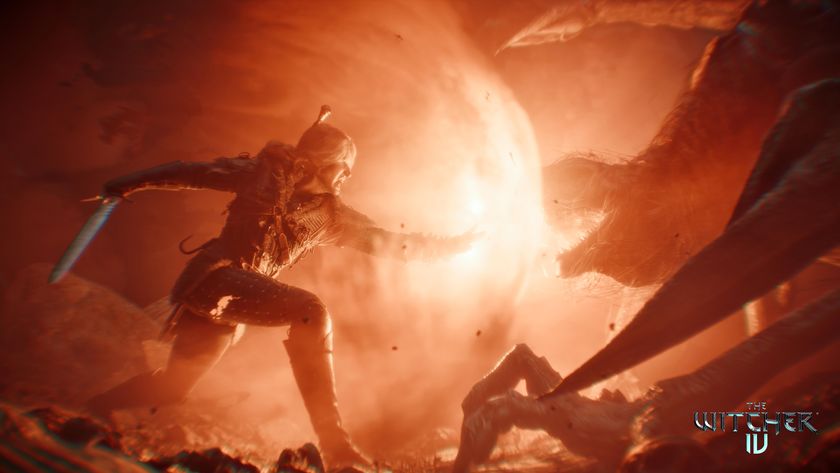
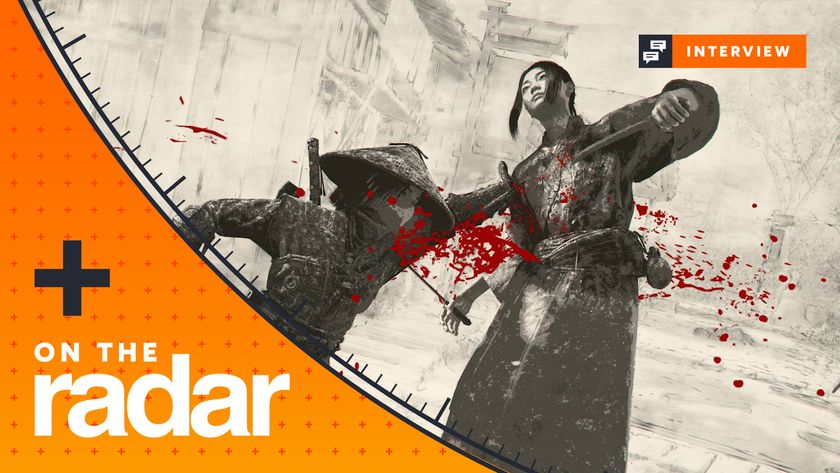

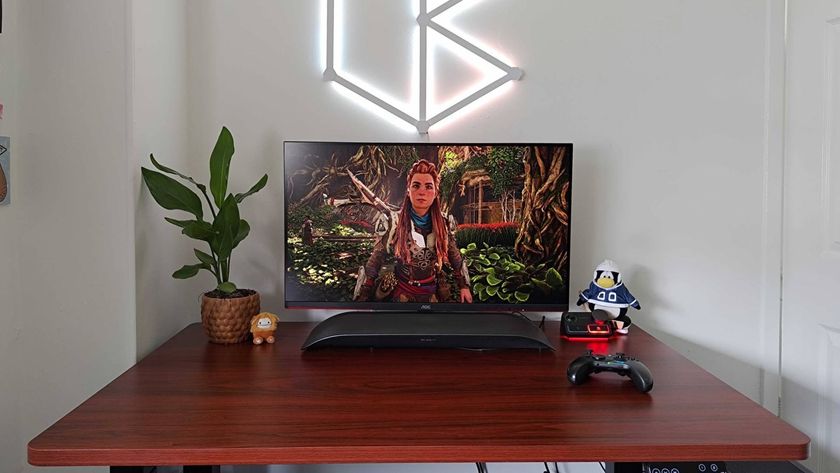

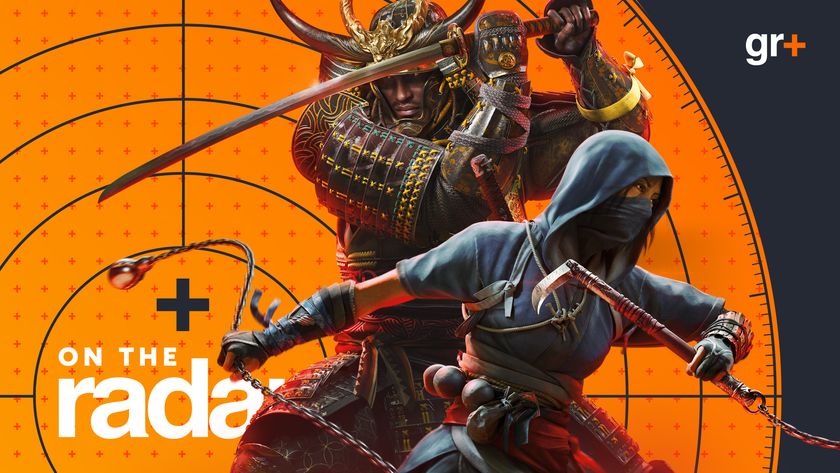
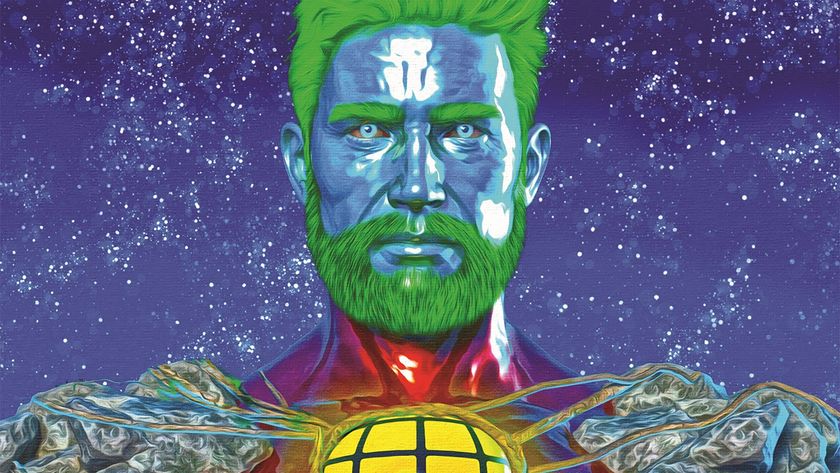

This cozy RPG promises a Pokemon and Stardew Valley mashup with "limitless customization," 208 monsters, and more, so no wonder its Kickstarter was funded in just 16 minutes

Reclaiming their crown, pacifist Kingdom Come: Deliverance 2 player beats the whole RPG as "Merciful Henry": 1,741 strikes blocked, 472 knockouts, and zero kills

